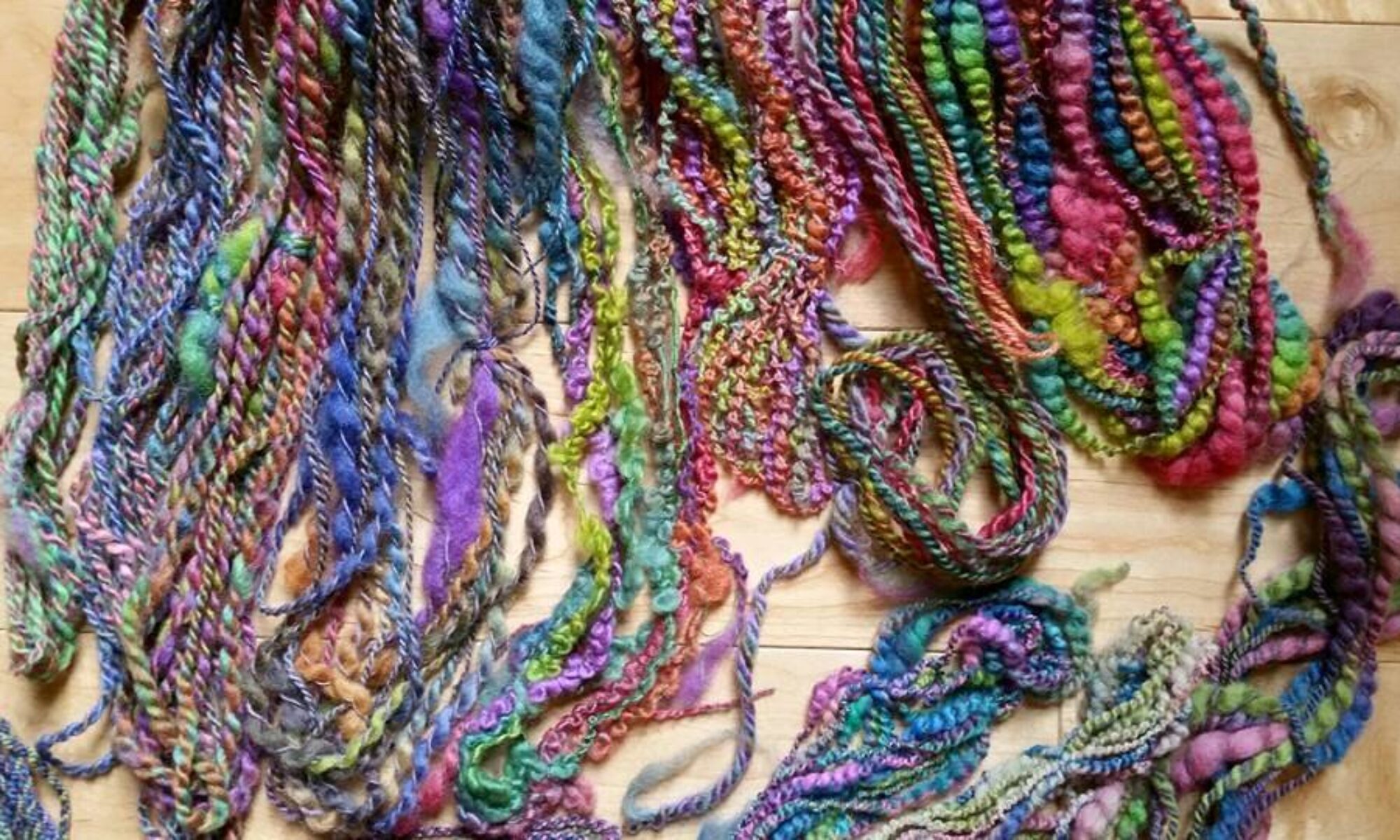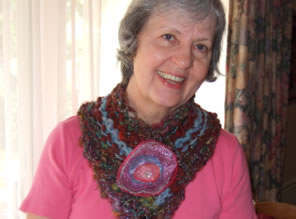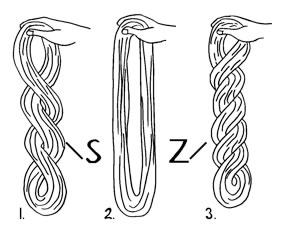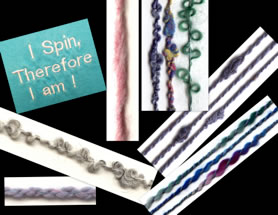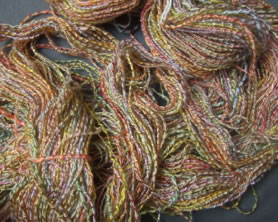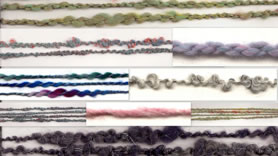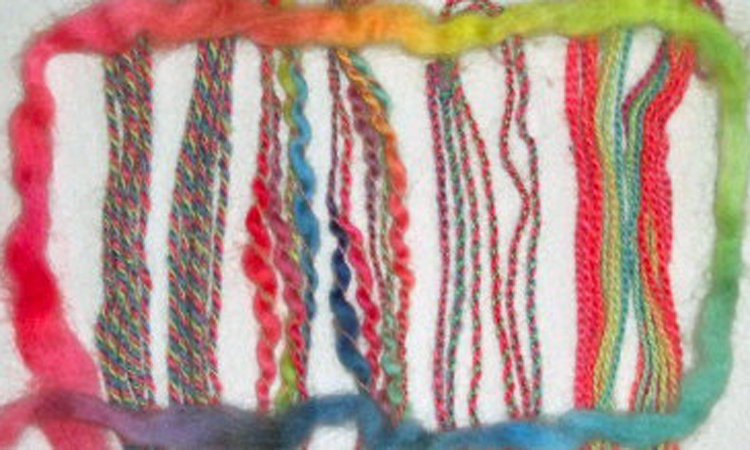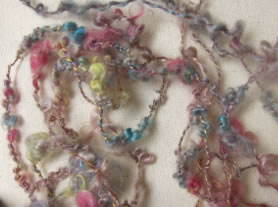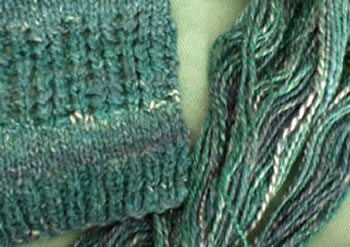1 days
Thick, soft, fuzzy yarns make quick projects and have a special charm. Claims that thick yarns are harder to spin as you gain experience, can be put out to pasture. A few easy techniques and some intentional practice will have you spinning thicker yarns. Bring your spinning wheel with the largest orifice, to improve your techniques. Blending boards and drum carders are the excellent preparation tools. Learn how to use both and fatten up your yarn stash.
